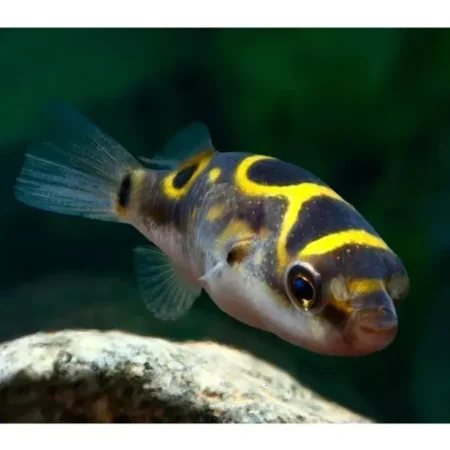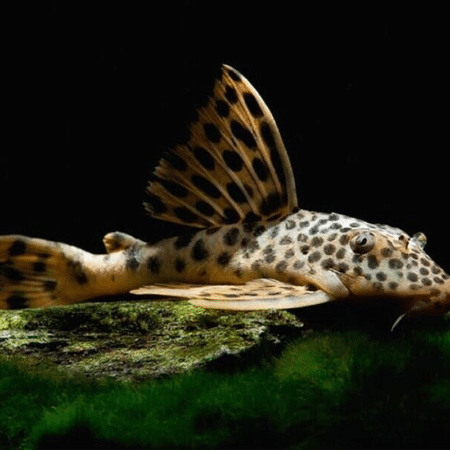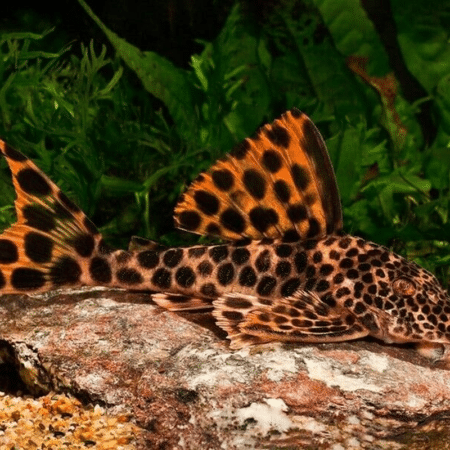-
×
-
×
-
×
-
×
2 x ELECTRIC BLUE ACARA CICHLID ANDINOACARA PULCHER male and female size, Beautiful Pair of South American Cichlids, Perfect for Beginners and Thriving Aquatic Environments, Stunning Colors That Enhance Your Tank 1 × £14.99
-
×
-
×
Purple Vampire Crab - Geosesarma Dennerle - Decapod Crustacean 2 × £7.74
-
×
-
×
Enhance Your Aquarium with the Vibrant Figure Eight Eyespot Puffer Fish Dichotomyctere Ocellatus, Perfect for Community Tanks and Enthusiasts Seeking Beautiful Freshwater Fish, Stunning Addition to Your Tank, Captivating Behavior 2 × £16.13
-
×
-
×
-
×
-
×
-
×
Golden Eyes Vampire Crab - Geosesarma Sp. - Decapod Crustacean 1 × £8.71
-
×
-
×
-
×
Subtotal: £545.12




 2 x ELECTRIC BLUE ACARA CICHLID ANDINOACARA PULCHER male and female size, Beautiful Pair of South American Cichlids, Perfect for Beginners and Thriving Aquatic Environments, Stunning Colors That Enhance Your Tank
2 x ELECTRIC BLUE ACARA CICHLID ANDINOACARA PULCHER male and female size, Beautiful Pair of South American Cichlids, Perfect for Beginners and Thriving Aquatic Environments, Stunning Colors That Enhance Your Tank 
 Purple Vampire Crab - Geosesarma Dennerle - Decapod Crustacean
Purple Vampire Crab - Geosesarma Dennerle - Decapod Crustacean 
 Enhance Your Aquarium with the Vibrant Figure Eight Eyespot Puffer Fish Dichotomyctere Ocellatus, Perfect for Community Tanks and Enthusiasts Seeking Beautiful Freshwater Fish, Stunning Addition to Your Tank, Captivating Behavior
Enhance Your Aquarium with the Vibrant Figure Eight Eyespot Puffer Fish Dichotomyctere Ocellatus, Perfect for Community Tanks and Enthusiasts Seeking Beautiful Freshwater Fish, Stunning Addition to Your Tank, Captivating Behavior 



 Golden Eyes Vampire Crab - Geosesarma Sp. - Decapod Crustacean
Golden Eyes Vampire Crab - Geosesarma Sp. - Decapod Crustacean 
















Emily Carter (verified owner) –
I recently added the L075 Para Pleco to my community tank, and I couldn’t be happier! After about two months of observing him, he has truly become a beloved member of my aquatic family. His unique big spots are stunning, and he spends his days gracefully gliding among my aquarium plants, creating a charming scene. I appreciate how he helps keep the tank clean, nibbling away at algae without disturbing the other fish.
Compared to other plecos I’ve kept in the past, this one is much more docile and friendly, which makes him perfect for community tanks. I’ve seen a significant improvement in the overall health of my tank since he joined. The only minor concern I had was during the first week when he was a bit shy, but he quickly adapted to his new environment.
If you’re looking for a peaceful catfish that contributes to the health of your aquarium while adding a touch of beauty, I highly recommend the L075 Para Pleco. He’s a wonderful choice for both beginners and seasoned aquarists alike. I’ll definitely be purchasing another one soon!
Emily Carter (verified owner) –
I recently added the L075 Para Pleco to my community aquarium, and I couldn’t be happier! This stunning catfish not only does wonders for keeping my tank clean, but it also adds a unique beauty with its big spots. After about two months of observing him, I’ve noticed he thrives well with my Guppies and Tetras, making him a fantastic community fish. He loves to hide among the plants, which encourages a healthy, natural environment.
One aspect I appreciate is his gentle nature; he’s never aggressive towards the other fish, which is a huge plus for me as a caring fish parent. I will say he prefers a well-planted tank with ample hiding spots, so if you’re considering him, ensure your aquarium is set up for that.
Overall, I highly recommend the L075 Para Pleco for anyone looking to enhance their aquarium’s ecosystem. If you prioritize fish welfare and want a hardworking algae eater, this is definitely the pleco for you! My experience with purchasing was smooth, and he arrived healthy and lively. I’ll be buying another soon to keep him company!